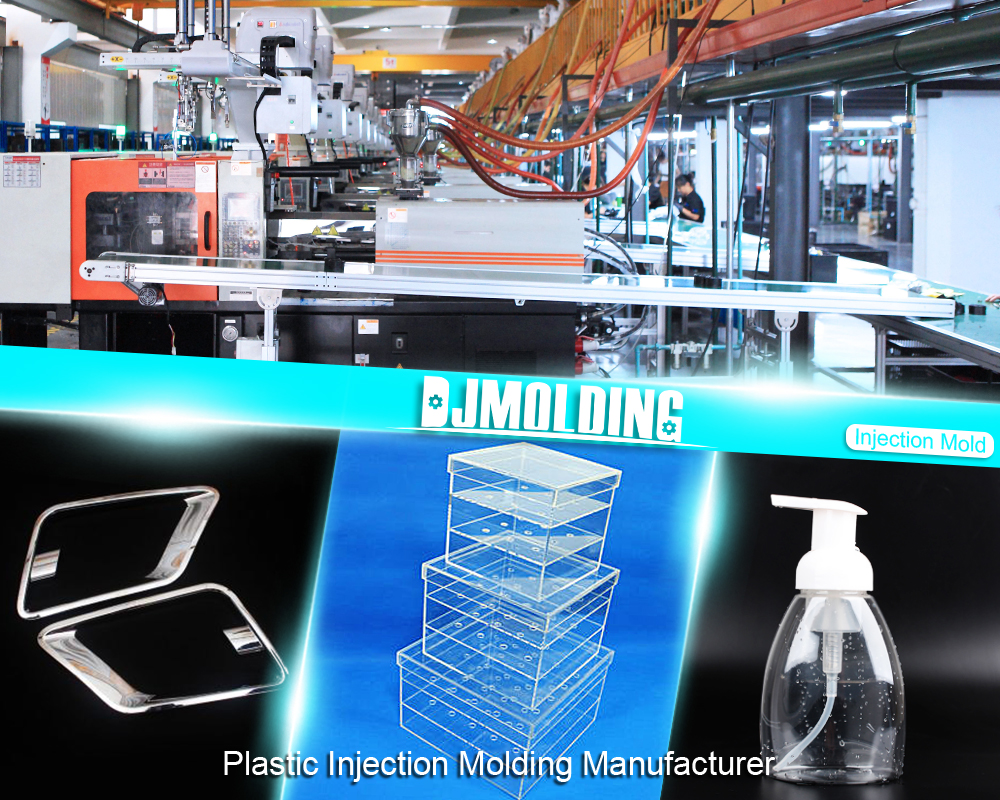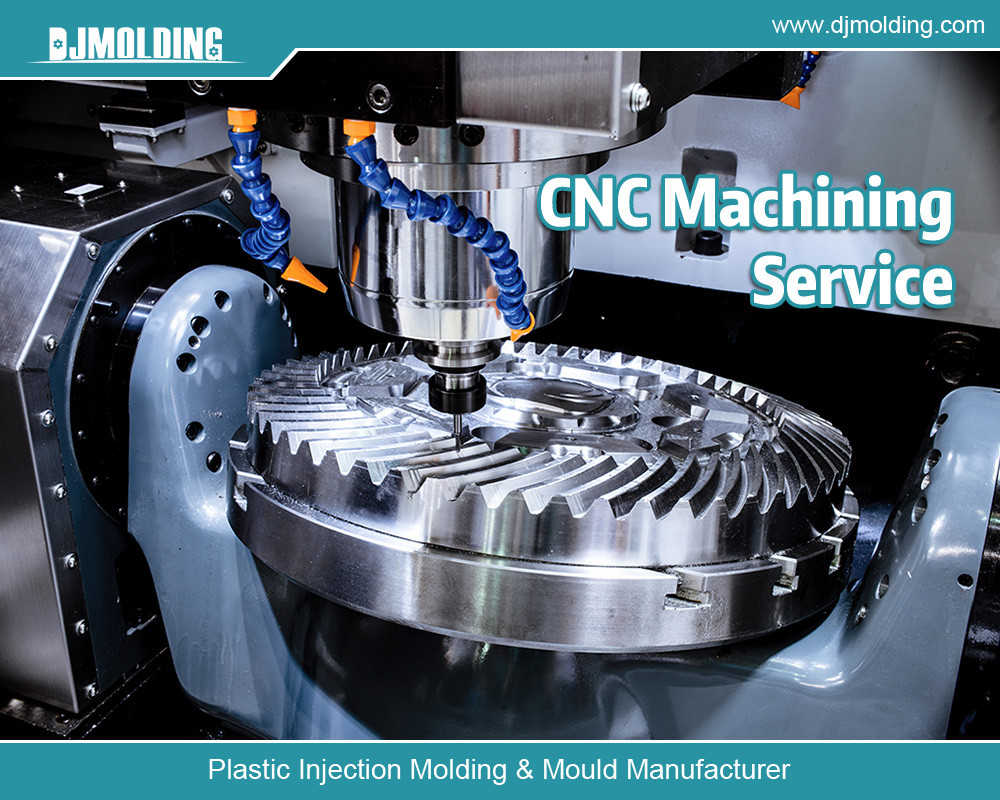Low Volume Injection Molding: Advantages, Process, and Applications
Low volume injection molding is a manufacturing process that allows the production of small quantities of plastic parts with high precision and consistency. This process suits various applications, including prototyping, bridge production, and specialty products. This blog post will discuss the advantages, methods, and applications of low volume injection molding.

What is Low Volume Injection Molding?
Definition and Explanation
Low volume injection molding, also known as low volume production or short-run injection molding, is a manufacturing process that produces small quantities of plastic parts using injection molding technology. It is typically used for production runs of 100 to 10,000 pieces annually. This process is ideal for creating high-quality, functional prototypes, bridge production, and specialty products.
Advantages of Low Volume Injection Molding
Low volume injection molding offers numerous advantages to manufacturers, including:
- Cost-effective: Low volume injection molding is a cost-effective method of producing small quantities of plastic parts without investing in expensive tooling or equipment.
- High-quality: This process ensures high-quality parts with consistent accuracy and precision, reducing the need for post-production finishing.
- Flexibility: The process allows quick design changes and modifications, which is particularly important in prototyping.
- Customization: Low volume injection molding offers customization options, allowing manufacturers to produce unique parts with specific features or requirements.
Applications of Low Volume Injection Molding
Low volume injection molding is suitable for a range of applications, including:
- Prototyping: Low volume injection molding is ideal for creating high-quality, functional prototypes quickly and cost-effectively.
- Bridge production: When manufacturers need to produce small parts before full-scale production begins, low volume injection molding can provide a cost-effective solution.
- Specialty products: Low volume injection molding is suitable for creating specialty products that require unique features or materials.
Procedure for Low Volume Injection Molding
Injection Molding Machine
The injection molding machine is critical to the low volume injection molding process. It is responsible for melting the plastic material, injecting it into the mold, and cooling and solidifying it. The machine has several components, including the hopper, barrel, screw, and nozzle.
- Hopper: The hopper holds and feeds the plastic material into the machine’s barrel.
- Barrel: The heaters heat the barrel, melting the plastic material. As the plastic material moves through the barrel, it begins melting.
- Screw: The screw moves the plastic material through the barrel and into the mold. It is also responsible for mixing and compressing the plastic material, which helps to reduce air bubbles and ensure a uniform melt.
- Nozzle: The nozzle injects the plastic material into the mold.
Injection Molding Process
The injection molding process consists of several stages:
- Clamping: The mold clamps shut, and it injects plastic material into the mold cavity. The clamping force is essential, as it needs to be strong enough to hold the mold shut during the injection process.
- Injection: The plastic material is melted and injected into the mold under high pressure. We control the injection speed, stress, and temperature to ensure a consistent melt and fill.
- Cooling: The mold is cooled, allowing the plastic to solidify and shape the mold. The cooling time is critical, affecting the part quality and cycle time.
- Ejection: The mold ejects the finished part, and the process starts again. Typically, hydraulic cylinders or air pressure operate the ejection system.
Role of the Mold
The mold is a critical component in the low volume injection molding process, and it is responsible for shaping the plastic material into the desired part shape. Typically, manufacturers make the mold from steel or aluminum and design it to withstand the high pressures and temperatures involved in the injection molding process.
- Mold design: The mold design is critical to ensuring a high-quality part. The molding method must appropriately fill, calm, and eject the part.
- Mold cavities: The plastic material is injected into the mold cavities, shaping it into the desired part.
- Mold cores: Manufacturers use mold cores to create internal features of the part, such as holes or threads.
- Mold inserts: We use mold inserts to add features, such as logos or text, to the part.
- Mold maintenance: The mold must be adequately maintained to ensure consistent part quality and extended mold life.
Low volume injection molding works by melting plastic material and injecting it into a mold under high pressure. The mold is responsible for shaping the plastic material into the desired part shape. By understanding the injection molding machine, the injection molding process, and the role of the mold, manufacturers can produce high-quality plastic parts efficiently and cost-effectively.
Ingredients in Low Volume Injection Molding
Types of Plastic Materials
The plastic material used in low volume injection molding can vary depending on the application. Some common types of plastic materials used in low volume injection molding include:
- ABS is a durable and impact-resistant material for consumer goods, automotive parts, and electronic housing.
- Polycarbonate is a robust and transparent material often used for lenses, medical devices, and electronic components.
- Nylon: A strong and flexible material commonly used for mechanical parts, gears, and bearings.
Additives and Fillers
Additives and fillers can be added to the plastic material to enhance its properties, such as strength, durability, or color. Some common additives and fillers used in low volume injection molding include:
- Reinforcements: These additives, such as glass or carbon fibers, can increase the strength and stiffness of the plastic material.
- Flame retardants: These additives can improve the fire resistance of the plastic material.
- Colorants: These additives can add color to the plastic material, making it more visually appealing.
Comparison of Materials
The choice of plastic material will depend on the application’s specific requirements. Different materials offer other properties, such as strength, flexibility, or temperature resistance. By comparing the properties of different materials, manufacturers can select the material that best suits their needs.
Low Volume Injection Molding Considerations
Low volume injection molding offers a cost-effective and efficient solution for manufacturers who require small quantities of high-quality plastic parts. However, we must consider several factors to ensure the success of the process.
Expense Factors
Cost is always an essential factor to consider when selecting a manufacturing process. In low volume injection molding, manufacturers must consider several expense factors, including tooling, material, and production costs. By balancing these costs, manufacturers can determine the most cost-effective solution for their application.
Conceptual Issues
The design of the part is critical in low volume injection molding. Design considerations such as wall thickness, draft angles, and gate placement can affect the quality of the finished piece. To ensure the production of a high-quality part in an efficient manner, manufacturers must optimize the design for the injection molding process. Collaborating closely with the mold designer is essential to create a proper mold for the part’s design.
Qualitative Factors
Quality considerations such as part dimensions, surface finish, and tolerances can affect the performance of the finished part. By meeting these considerations, manufacturers can produce a high-quality piece that meets the requirements of their application. Using high-quality materials and closely monitoring the injection molding process is essential to ensure that a part meets the required specifications.

Conclusion
Low volume injection molding offers numerous advantages to manufacturers who require small quantities of high-quality plastic parts. The process is cost-effective, flexible, and allows for customization. By considering the factors discussed in this blog post, manufacturers can determine whether low volume injection molding is the right choice for their application. Low volume injection molding can provide a reliable, cost-effective solution for small-scale plastic part production with suitable materials, design, and production processes.
For more about low volume injection molding: advantages, process, and applications,you can pay a visit to Djmolding at https://www.djmolding.com/low-volume-injection-molding/ for more info.
Article Original From: https://www.djmolding.com/low-volume-injection-molding-advantages-process-and-applications/